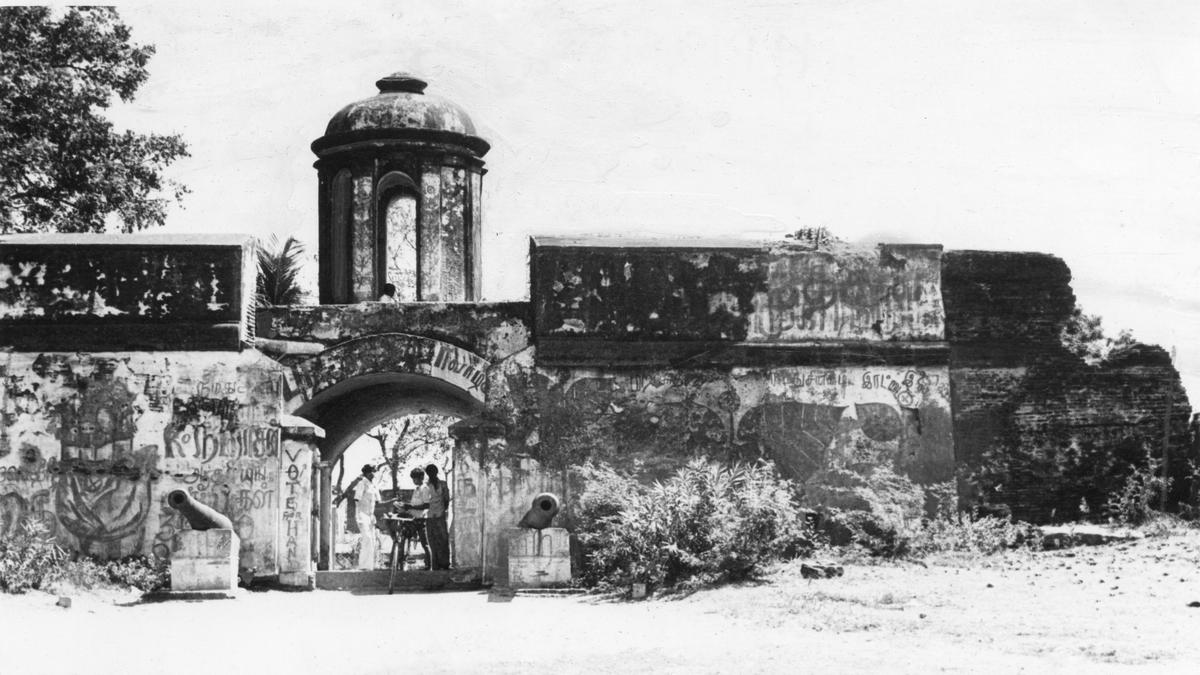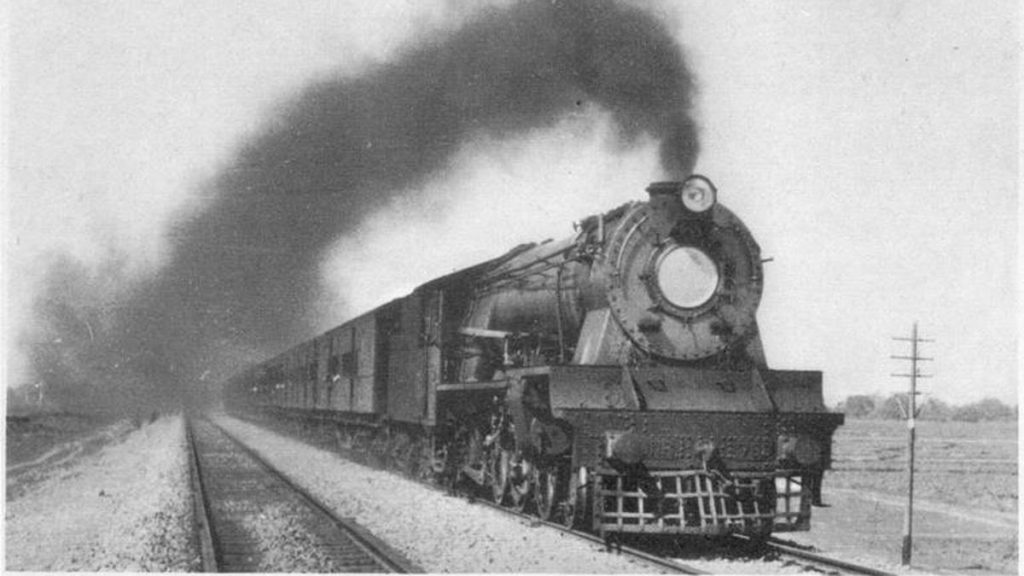Now Reading: Madras Day: Tracing Chennai’s Dutch Heritage
-
01
Madras Day: Tracing Chennai’s Dutch Heritage
Madras Day: Tracing Chennai’s Dutch Heritage

Swift Summary
- The Dutch East india Company (VOC) had a significant presence along the Coromandel Coast, pre-dating the British East India Company in regions near Madras (now Chennai).
- Pulicat (Pazhaverkadu),located north of Madras,was an important hub for the Dutch who traded in cotton cloth. Their influence extended to collaborating with Golconda rulers and holding territories like San Thome temporarily.
- early interactions between the British and Dutch included competition but relatively better relations compared with French colonial efforts. Practices like employing “dubashes” or translators where adopted by the British from Dutch examples.
- Today, remnants of Dutch heritage include:
– A well-preserved citadel at Sadras (Sathurangapatnam).
– Cemeteries with ornate tombstones in Pulicat.
– Inscription records in temples like Thirukazhukundram and gravesites such as St.Mathias Church, Vepery.
- Post-Independence collaborations saw a revival of Dutch involvement through industrial initiatives such as Wavin (PVC manufacturing) that supported irrigation projects.
- the Netherlands has retained it’s connection through modern industrial partnerships after liberalization era reforms. Additionally, museums showcase textile artifacts tied to India’s historical links.
Indian Opinion Analysis
The early Indo-Dutch interactions exemplify how trade strongly influenced colonization dynamics on India’s east coast before British dominance took hold. While their direct footprint – reflected by their forts or inscriptions – is minimal today compared to other colonial entities like the British or French,cultural exchanges persist subtly through language (“palayakat” for textiles) and localized references.
Dutch post-Independence contributions highlight how historical ties can evolve into constructive economic partnerships over time, especially benefiting sectors such as water management and chemical production. Looking forward, initiatives driven by Indian industries with global collaboration – including present-day engagement by fresh foreign firms post-liberalization – reinforce how shared historical legacies could pivot into symbiotic ventures fostering mutual growth.
























